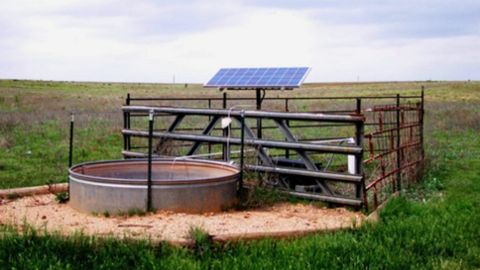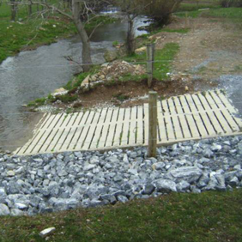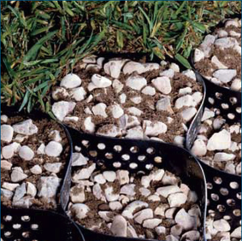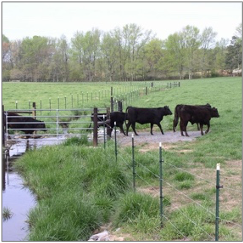How Can I Protect Stream Banks and Riparian Areas when Grazing Livestock?
Grazing animals with direct access to streams and rivers can negatively impact stream banks, water quality, and the surrounding riparian area. Excluding livestock from riparian areas is the most protective, but not always a desirable solution.
Several options exist that can help protect the stream banks and riparian areas:

Photo source: solarpumps.com
- Alternative water sources – livestock will decrease the time spent in the riparian area by up to 90% if an alternative water source is provided. Water troughs with solar or wind powered pumps are good options.
- Place supplements and shade on upland locations – this encourages the livestock to spend more time upland, and encourages better utilization of the forage in those areas.
- Use rotational grazing and graze the riparian area as a separate zone.
- Graze riparian areas for only short bursts of time (less than a week).
- Allow adequate rest/regrowth time
- Do not graze when the streambank is muddy.
- Avoid grazing riparian areas during peak fish and aquatic organism spawning periods.
- Limit water access points to small areas for watering or crossing.
- Utilize structures such as pig slats, geowebs, or designated fords with coarse gravel placed in the stream bottom.
- Provides animals with firm footing
- Discourages livestock from congregating or wallowing in the stream
- Exclude livestock from areas where streambanks are steep and eroding.
- Utilize structures such as pig slats, geowebs, or designated fords with coarse gravel placed in the stream bottom.




